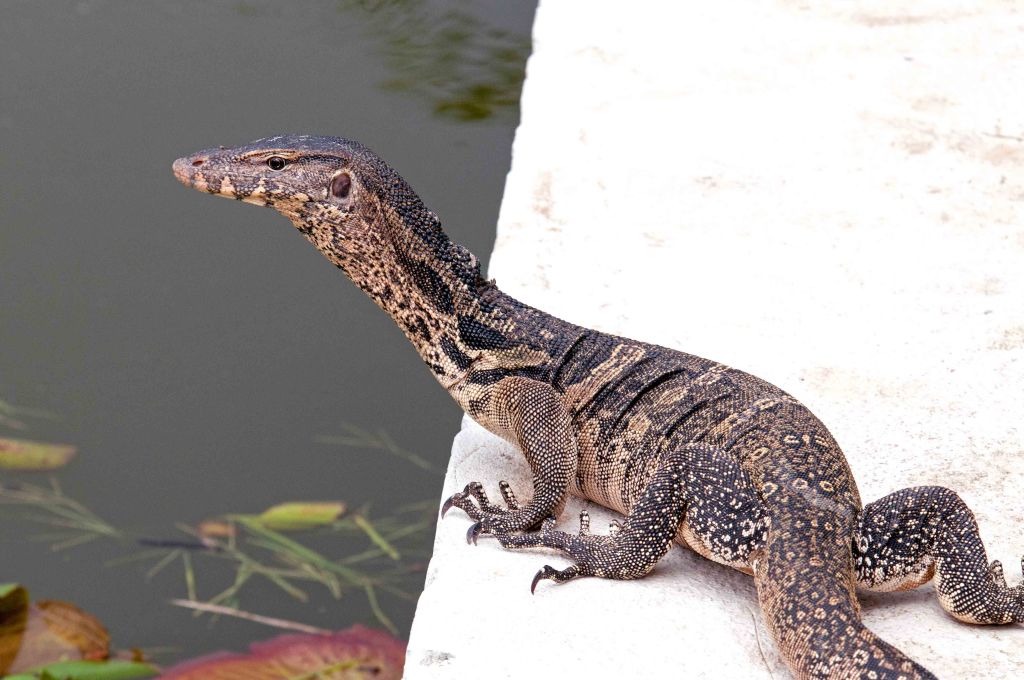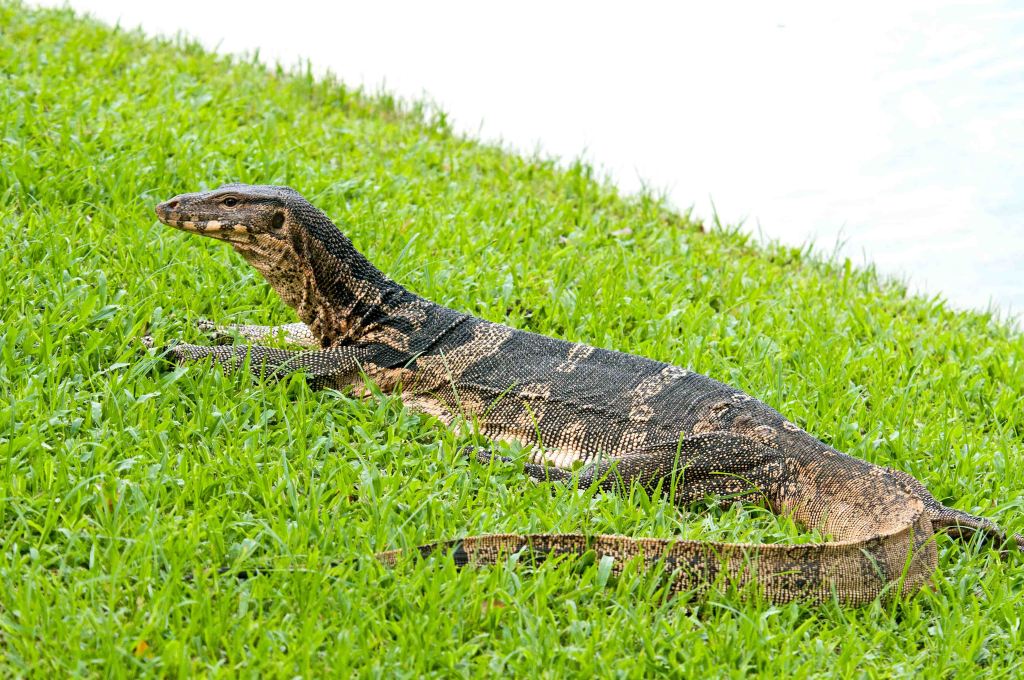Posted
November 13, 20166 Comments on Dragons on the beach Animal behaviour Dragons on the beach

Komodo dragon (Varanus komodoensis) on Komodo Island
There’s not an awful lot to say about Komodo dragons, other than the fact that they are a huge lizard – the biggest in the world – and give us an indication of the reptilian megafauna that once stalked the earth.

Komodo dragon (Varanus komodoensis) on Komodo Island approaching a water hole
They are not creatures I think anyone could find attractive. Respect, admiration and awe, but not affection. They are just too reptilian, too unknowable. What is going on in that tiny brain when it looks at us. Just the notion, I think, that we are edible!

Komodo dragon (Varanus komodoensis) on Komodo
with forked tongue
I didn’t really like them, with their deer-chomping habits and slimy mouths, but they are magnificent animals and I am very glad to have had the opportunity to see them up close.

Komodo dragon (Varanus komodoensis) drinking from water hole
I must confess that they did have an air of dignity about them. When this large one approached the water hole to drink, we scattered, but he remained still, upright and alert (first photo) for some time before moving in for a drink. After all it was his water hole. Was he being cautious or dignified? Maybe a bit of both. He (or she) had probably been drinking there for decades whilst we were only spending a fleeting hour on the island.

137 Komodo dragon (Varanus komodoensis) on beach with deformed foot
The ones on the beach were said to have been fed occasionally, which is why they are very interested and attentive when zodiacs containing tourists arrive to gawp at them and take pictures.

‘Shooting’ dragons on the beach
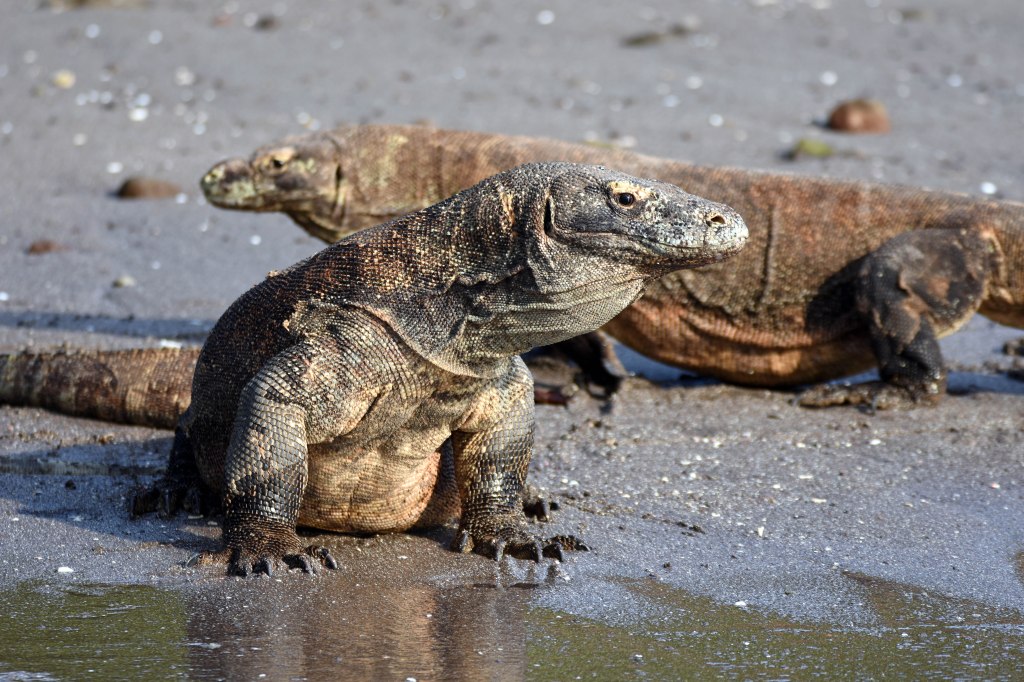
Komodo dragon (Varanus komodoensis) on beach

Komodo dragons (Varanus komodoensis) on beach

Komodo dragon with open mouth.
The young ones, which spend most of their lives up trees to avoid being eaten by the larger ones, are almost cute. Until I saw one catch, kill and swallow a rat (below sequence).

Young Komodo dragon hunting up a tree
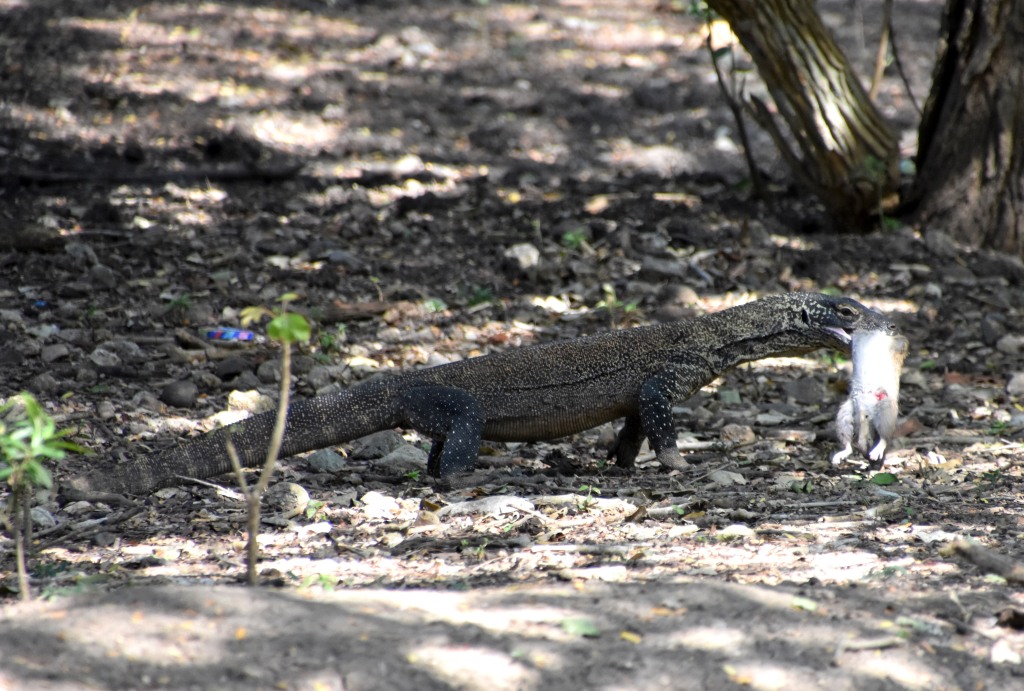
Young Komodo dragon with freshly killed rat in its mouth (Komodo Island)

Young Komodo dragon swallowing a rat
It stalked it up a tree and then fell to the earth with a thud. It then raced off to a quiet spot (not so quiet on account of the photographers following it with their cameras!) and proceeded to swallow it whole. They shan’t be on my Christmas list. But like them or loath them, they deserve respect; for surviving so long if nothing else!

Baby Komodo dragon peering out of a hole up a palm tree.

Young Komodo dragon resting on a log
The poor animals which God, sorry evolution, has elected to be food for these giant lizards, are an attractive cervid called the Timor deer. It must be a rum existence never knowing when one of these lizards is going to inflict a venomous bite leaving you hobbling around waiting to be eaten. But perhaps only the weak and sickly get taken. This deer did not seem at all concerned about the presence of the dragons nearby.

Timor deer or Sunba sambar (Rusa timorensis)
All photographs taken in Komodo National Park in October 2016.
Source:
https://rcannon992.com/2016/11/13/dragons-on-the-beach/


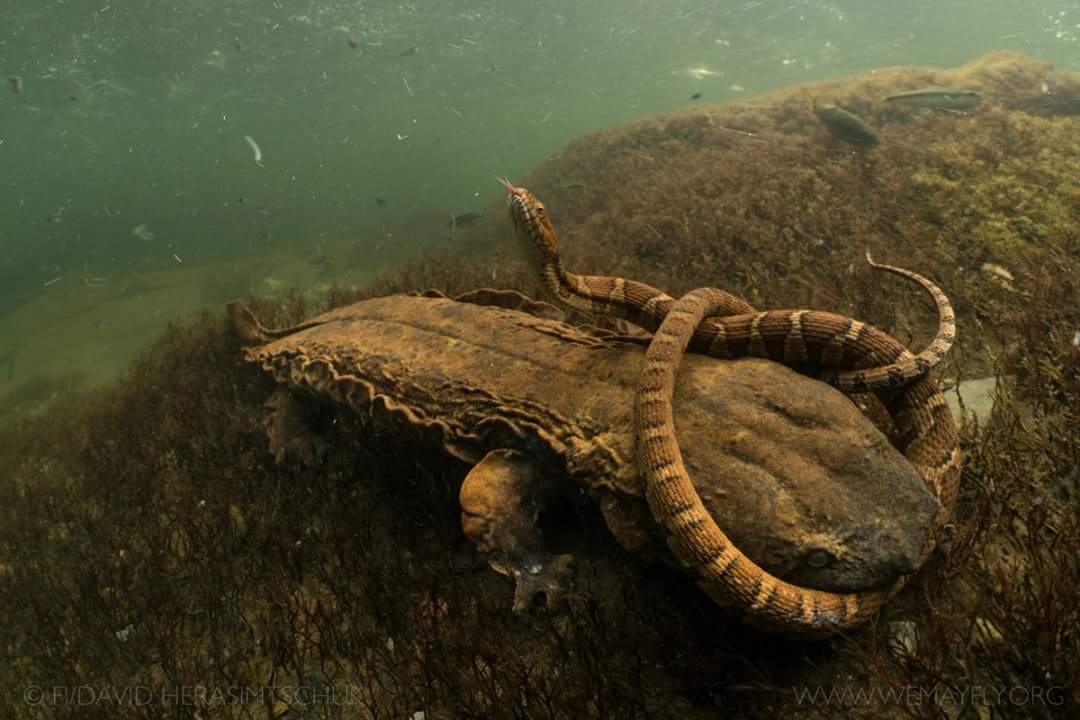
 Komodo dragon (Varanus komodoensis) on Komodo Island
Komodo dragon (Varanus komodoensis) on Komodo Island  Komodo dragon (Varanus komodoensis) on Komodo Island approaching a water hole
Komodo dragon (Varanus komodoensis) on Komodo Island approaching a water hole  Komodo dragon (Varanus komodoensis) on Komodo
Komodo dragon (Varanus komodoensis) on Komodo Komodo dragon (Varanus komodoensis) drinking from water hole
Komodo dragon (Varanus komodoensis) drinking from water hole  137 Komodo dragon (Varanus komodoensis) on beach with deformed foot
137 Komodo dragon (Varanus komodoensis) on beach with deformed foot  ‘Shooting’ dragons on the beach
‘Shooting’ dragons on the beach  Komodo dragon (Varanus komodoensis) on beach
Komodo dragon (Varanus komodoensis) on beach  Komodo dragons (Varanus komodoensis) on beach
Komodo dragons (Varanus komodoensis) on beach  Komodo dragon with open mouth.
Komodo dragon with open mouth.  Young Komodo dragon hunting up a tree
Young Komodo dragon hunting up a tree  Young Komodo dragon with freshly killed rat in its mouth (Komodo Island)
Young Komodo dragon with freshly killed rat in its mouth (Komodo Island)  Young Komodo dragon swallowing a rat
Young Komodo dragon swallowing a rat  Baby Komodo dragon peering out of a hole up a palm tree.
Baby Komodo dragon peering out of a hole up a palm tree.  Young Komodo dragon resting on a log
Young Komodo dragon resting on a log  Timor deer or Sunba sambar (Rusa timorensis)
Timor deer or Sunba sambar (Rusa timorensis) 